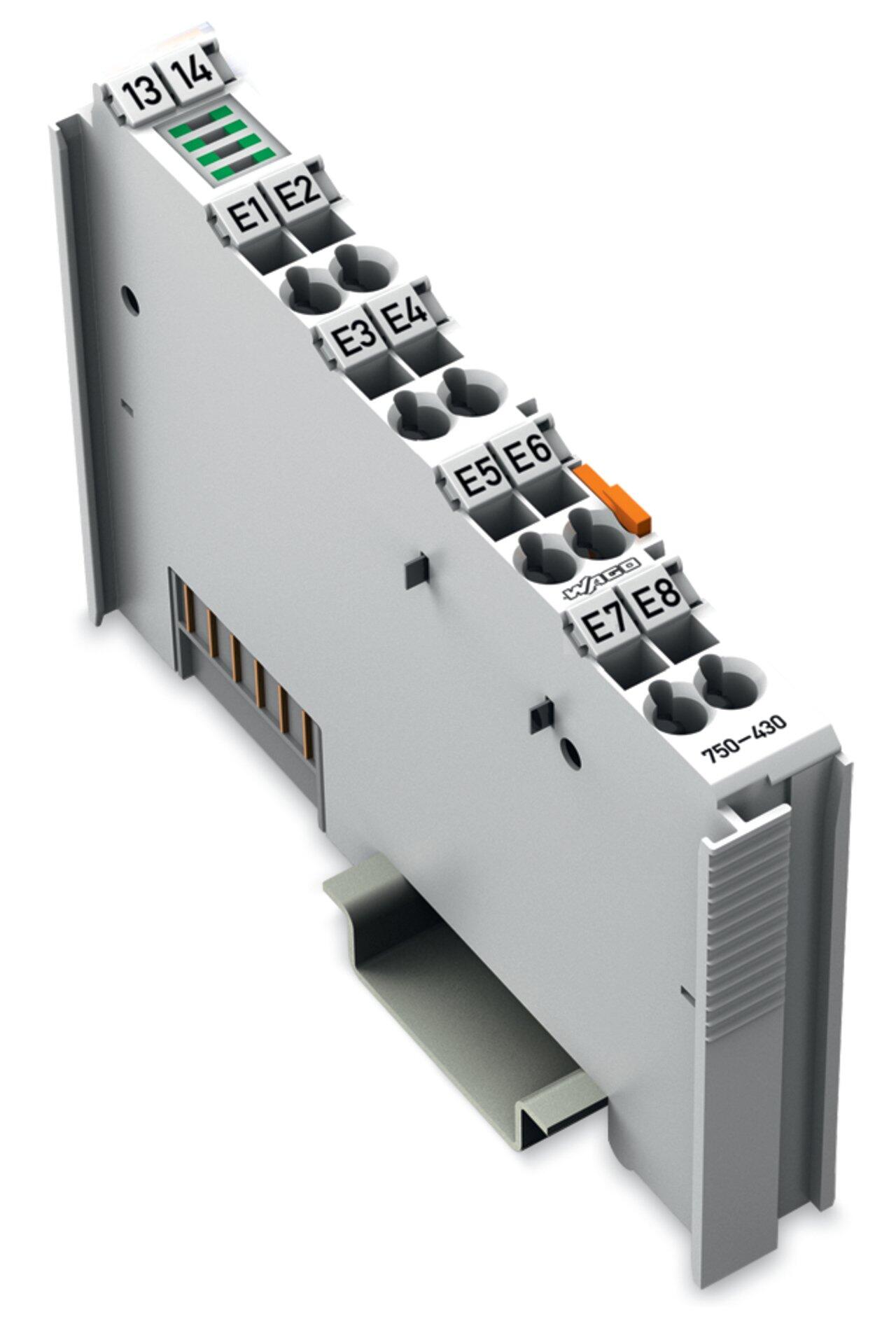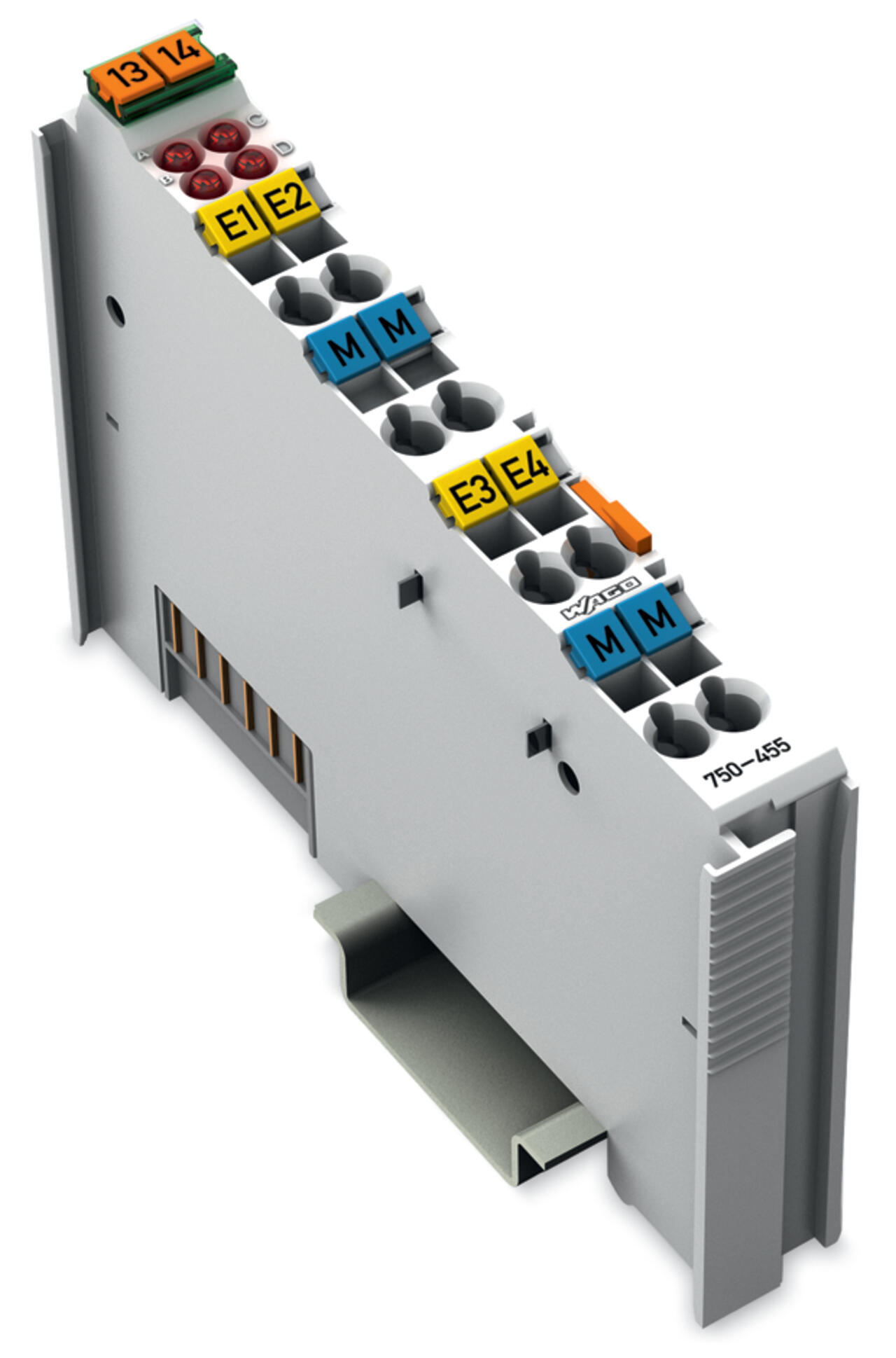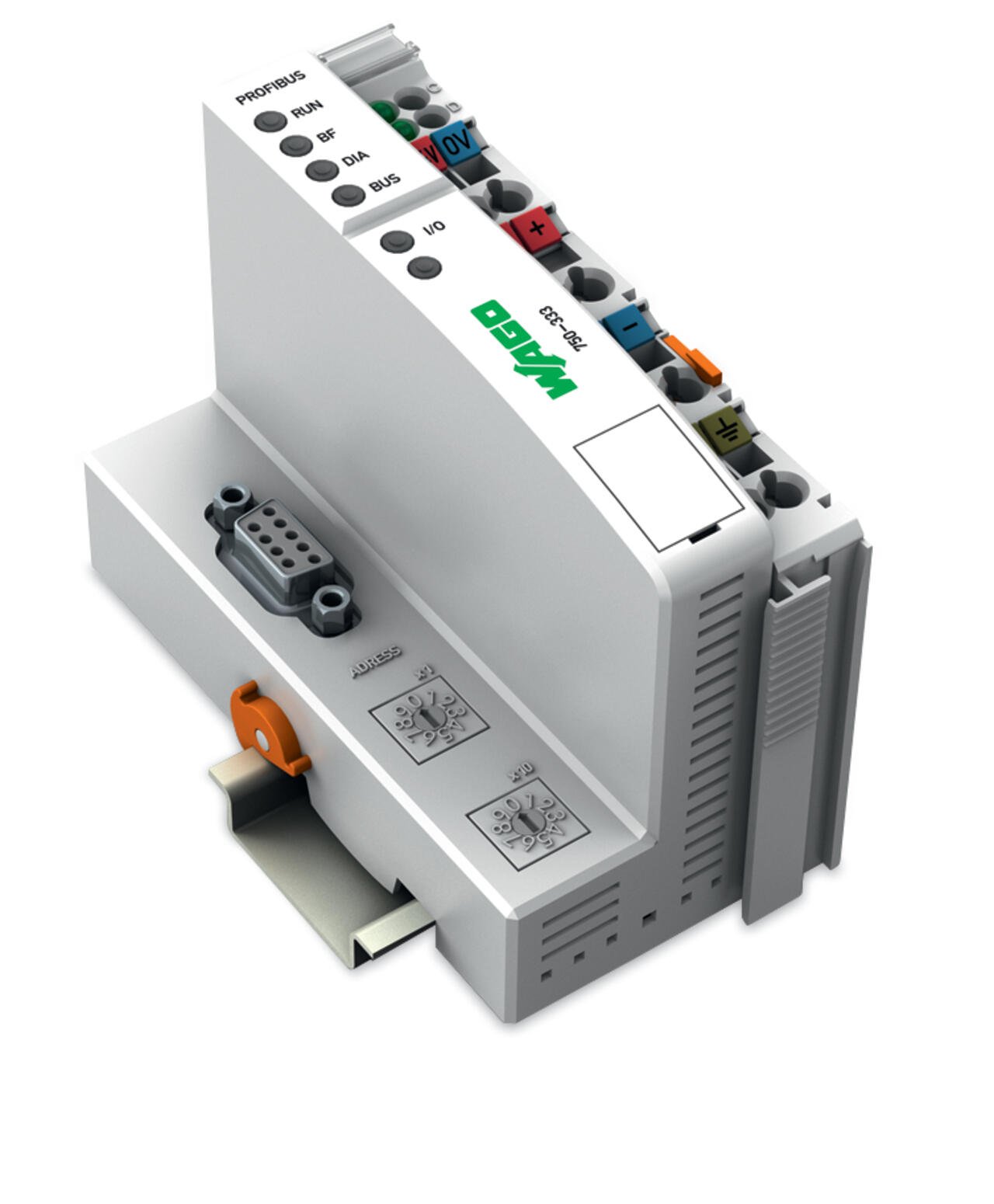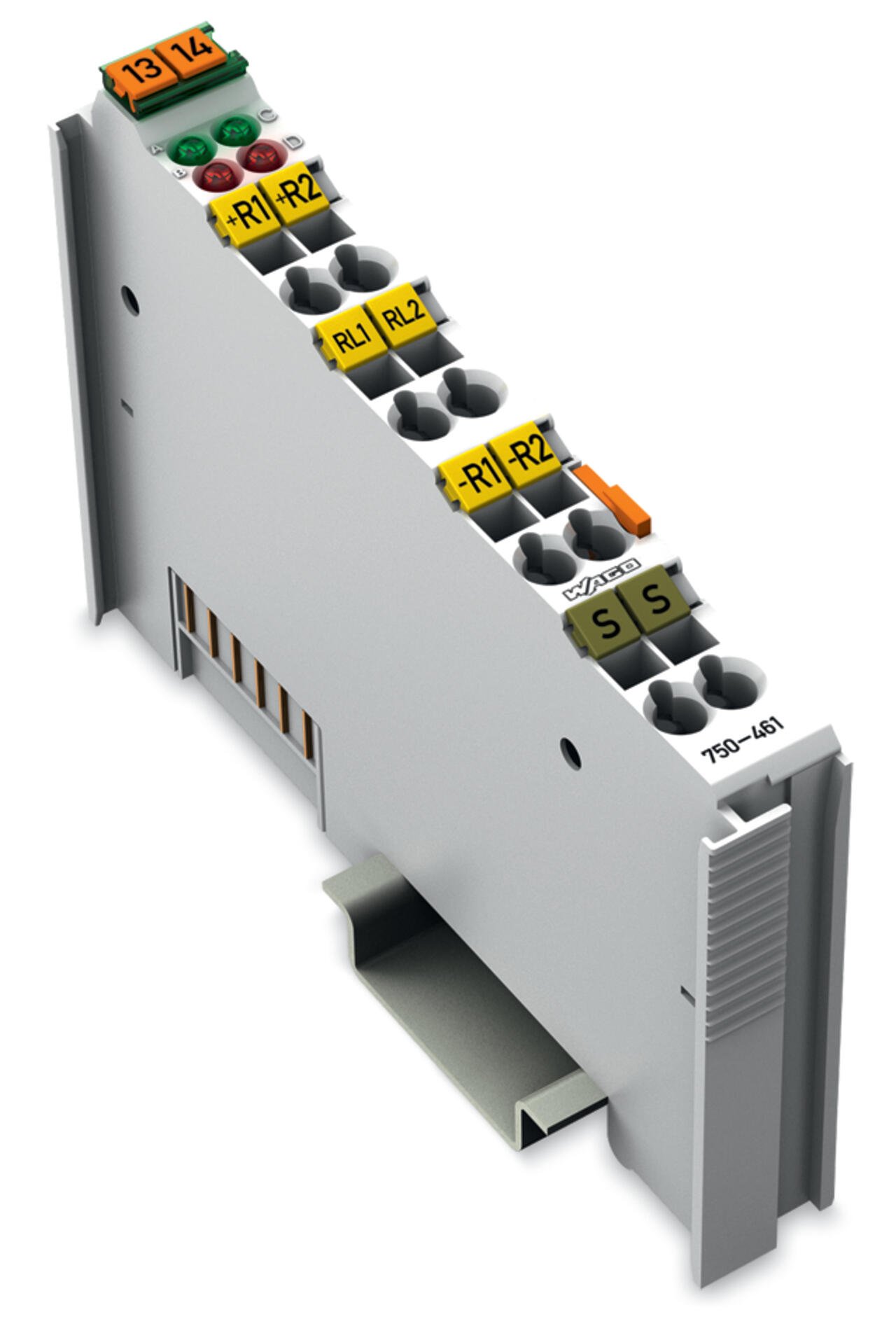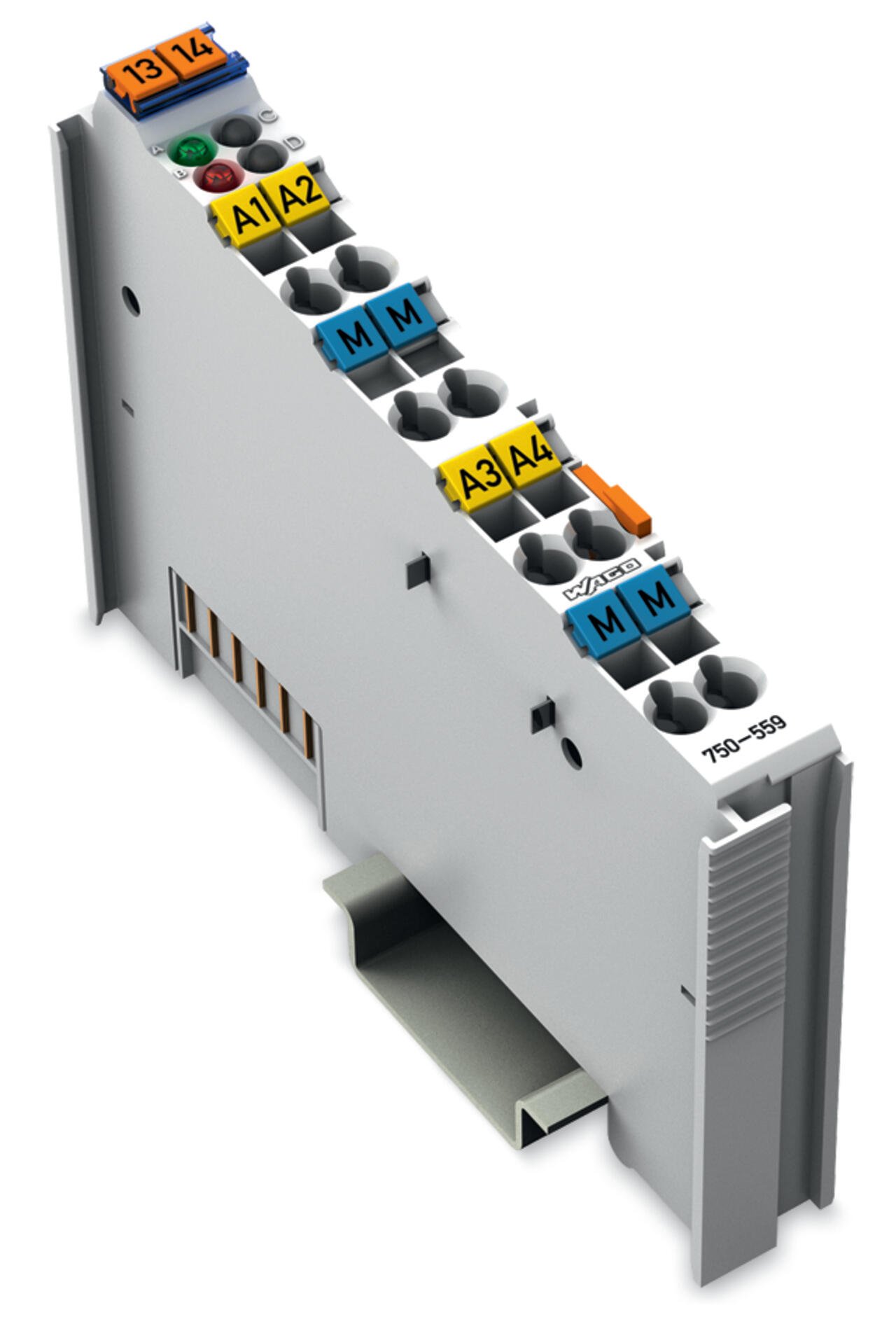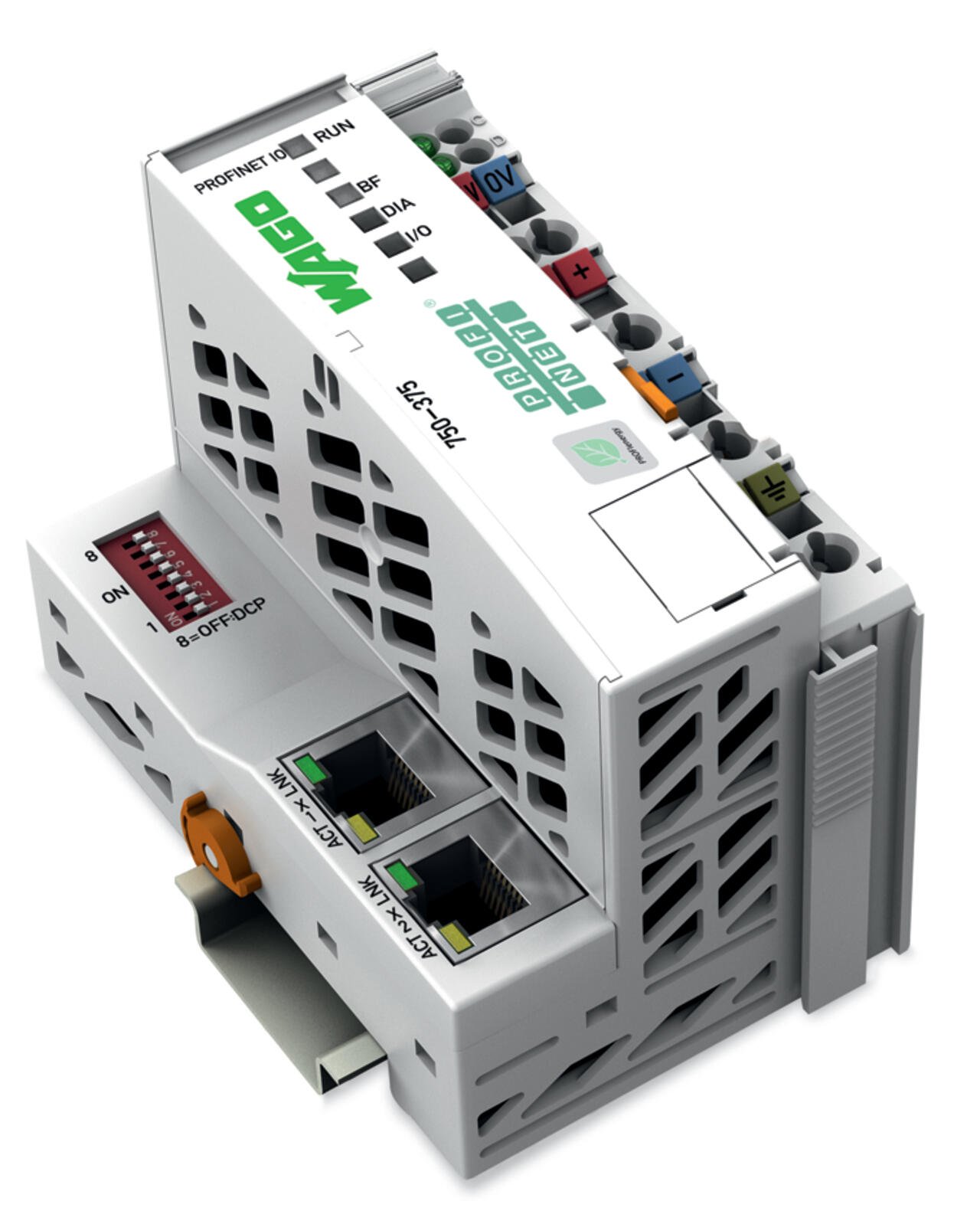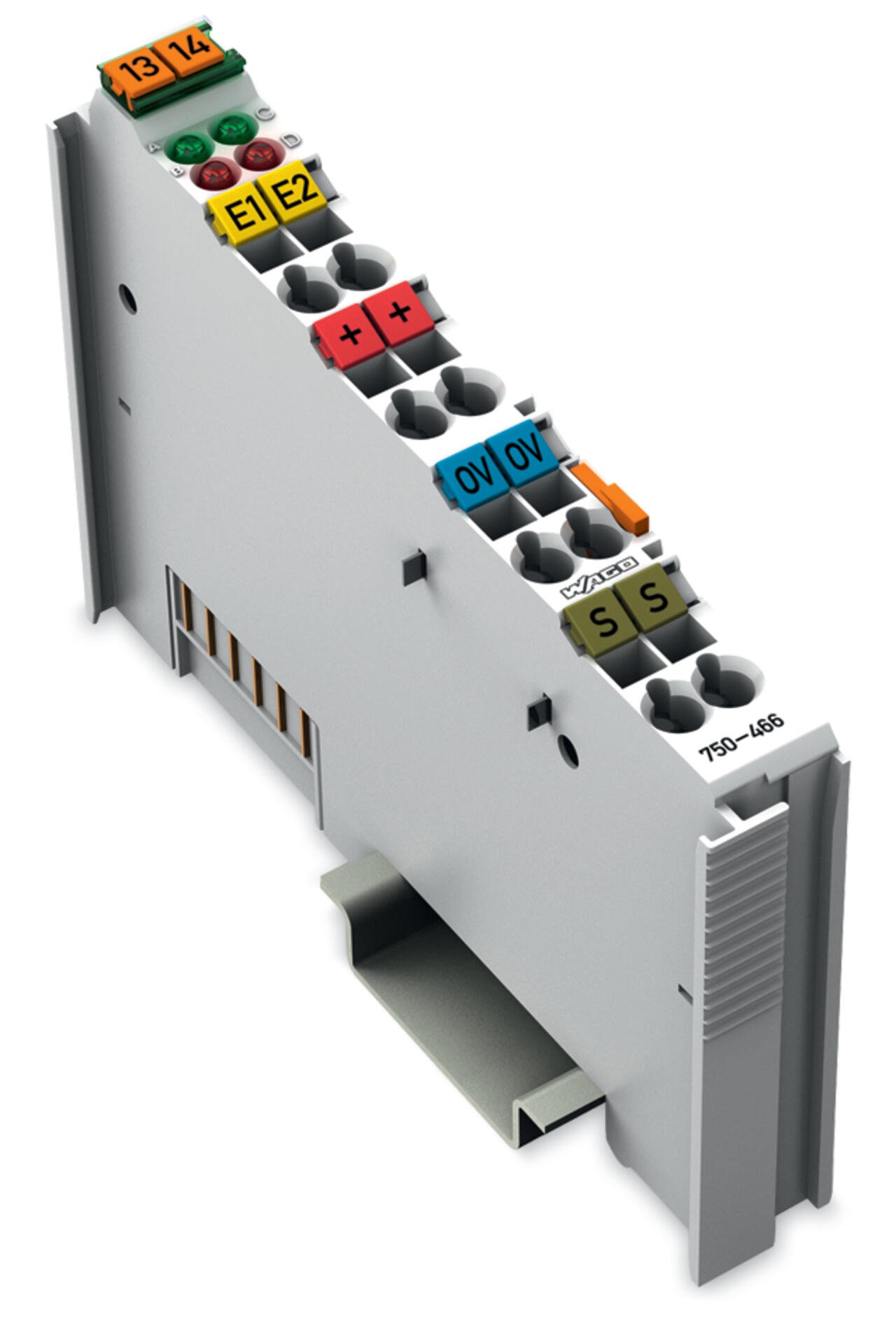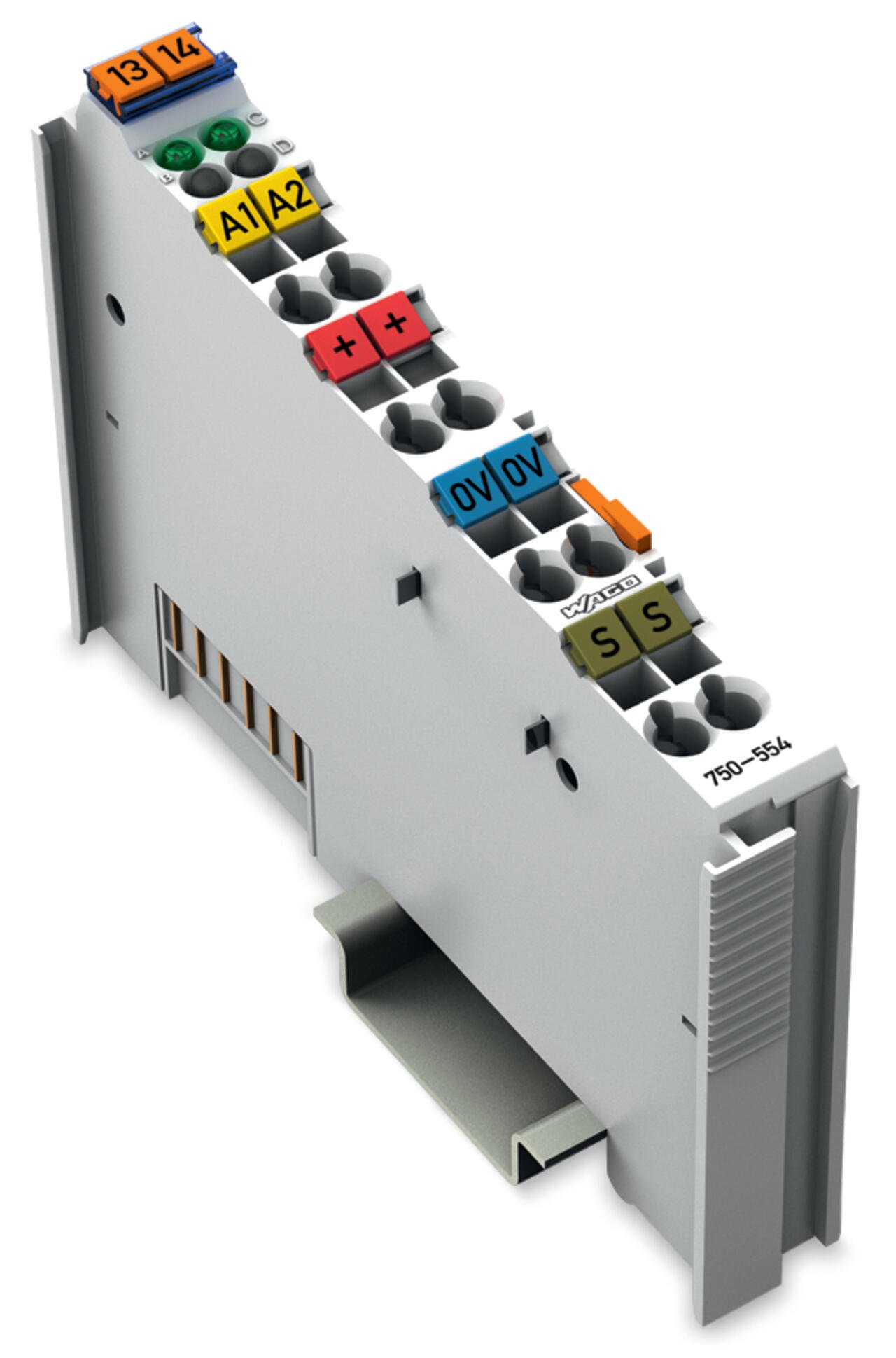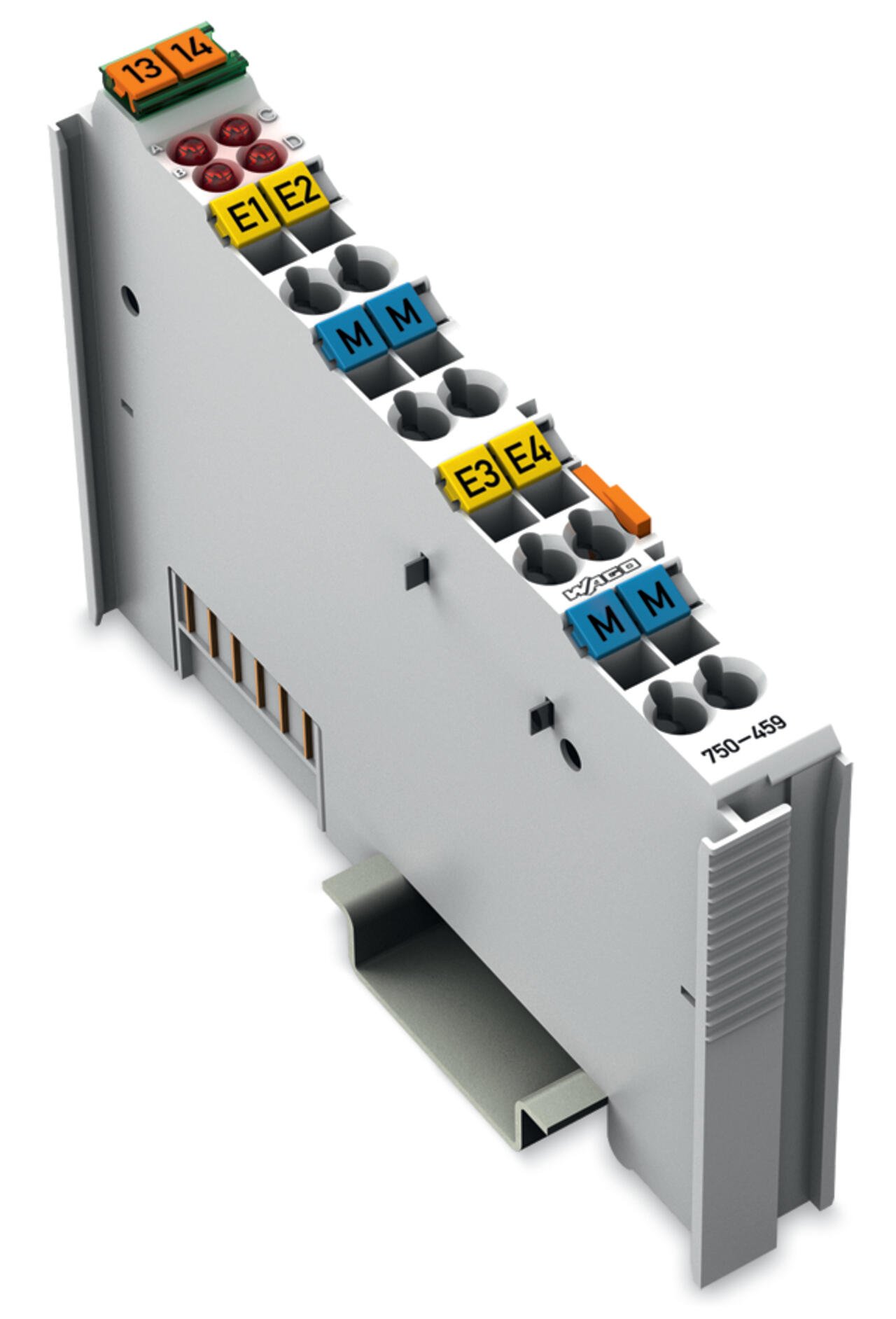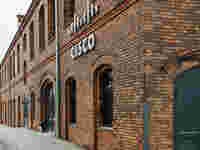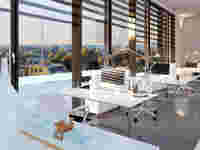A Climate in Tune With the Art

Old works of art require a stable room climate. To optimally maintain them, the correct temperature and humidity must be fastidiously observed. This applies in particular when temporary exhibits are displayed with loaned pieces, because no one will provide art works if they are not assured that they will be returned in the original state.
Therefore, in the course of substantial modernization work at the Oldenburg Augusteum, an indoor air system including individual room monitoring was installed, controlled using the WAGO 750 I/O-SYSTEM. This automated solution guarantees optimal conditions and additionally helps with energy savings. Narrow spatial relationships and monument protection requirements provided challenges for the planners.


